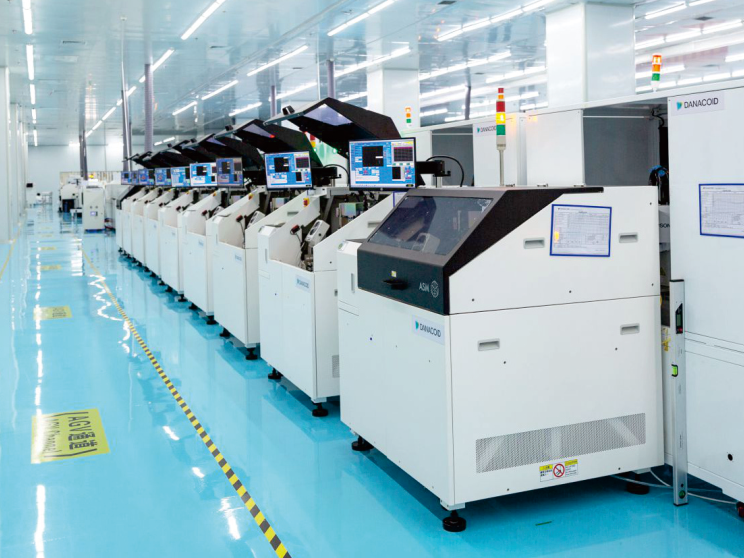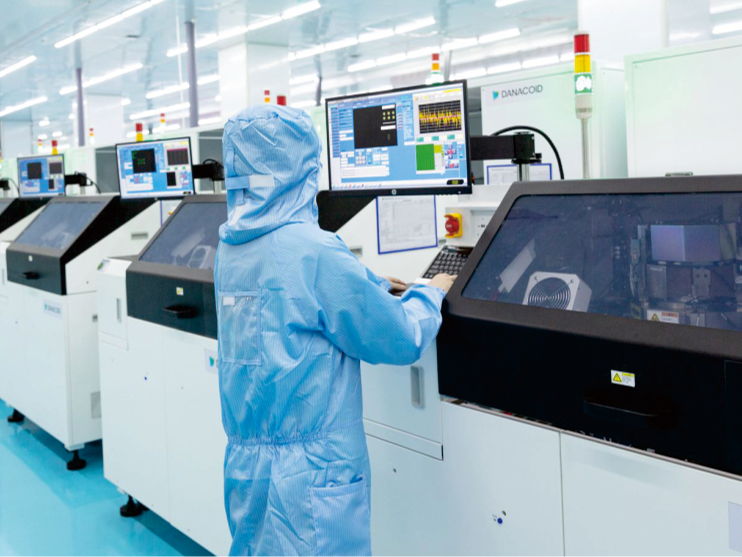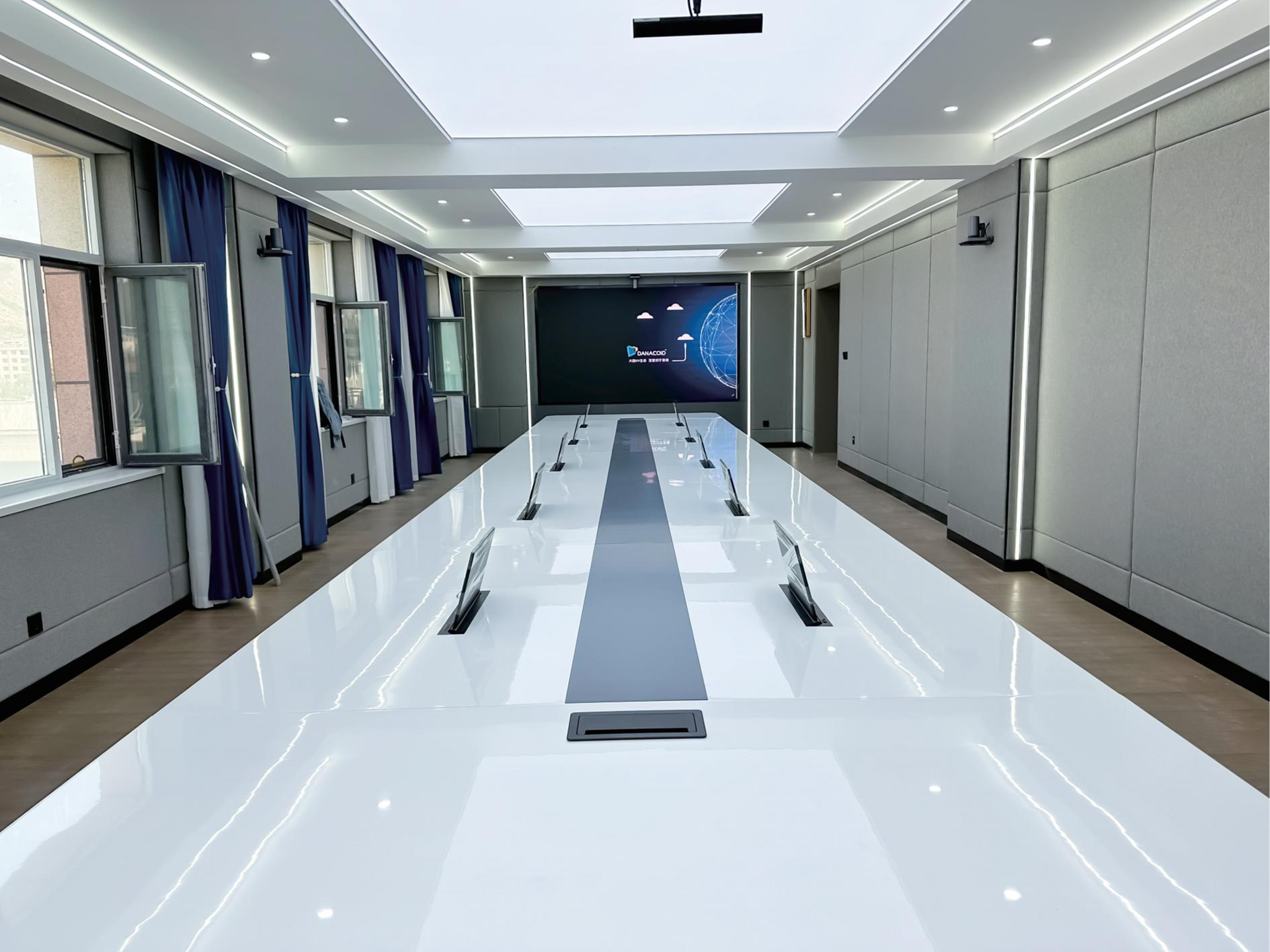How Do You Properly Set Up a USB Microphone for Optimal Sound Quality?
Introduction to USB Microphone Setup
The USB Microphone has become one of the most widely used audio tools in the digital era. From podcasters and streamers to remote workers and online educators, people rely on these devices for their ease of use, portability, and ability to deliver professional-quality sound without requiring complex equipment. Unlike traditional XLR microphones, which require mixers and audio interfaces, the USB Microphone connects directly to a computer and can be ready to use within minutes. However, achieving optimal sound quality involves more than simply plugging it in. Proper setup requires attention to positioning, software configuration, environment, and usage techniques to ensure the clearest and most natural audio possible.
Understanding the Basics of a USB Microphone
The Plug-and-Play Advantage
The defining feature of a USB Microphone is its plug-and-play functionality. By combining the microphone capsule, preamp, and analog-to-digital converter into a single device, it eliminates the need for external gear. This makes it attractive for beginners who want simplicity and for professionals who need mobility. Despite this convenience, the fact that everything is built into one unit means that users must carefully optimize setup to maximize sound quality.
Why Setup Matters
Even the best USB Microphone cannot deliver optimal results if it is poorly positioned, misconfigured, or used in a noisy environment. Sound quality depends on capturing the human voice clearly while minimizing distortion, echo, and background noise. With proper setup, a USB Microphone can produce recordings comparable to professional studio equipment, making it a powerful tool for voice recording, conferencing, and content creation.
Positioning the USB Microphone
Ideal Placement
Microphone placement plays a critical role in capturing clear audio. A USB Microphone should typically be placed between six to twelve inches from the mouth. This distance strikes a balance by keeping the voice prominent while avoiding distortion caused by speaking too close. If placed too far, the microphone may pick up more room noise and echo, leading to a hollow sound.
Angle and Orientation
The orientation of a USB Microphone is equally important. Many beginners mistakenly speak into the top of a side-address microphone when the capsule is designed to pick up sound from the front. Understanding the design of the microphone ensures that sound is directed toward the active side. Slight angling can also help reduce plosive sounds, which occur when strong bursts of air hit the microphone during speech.
Use of Accessories
Accessories such as pop filters and shock mounts significantly improve results. A pop filter placed between the mouth and the microphone minimizes plosive sounds created by letters like P and B, while a shock mount isolates the microphone from vibrations caused by typing, tapping, or desk movements. These small adjustments improve the overall clarity and smoothness of recordings.

Configuring the Software
System Recognition and Drivers
When connected, a USB Microphone is recognized by the computer as an audio input device. Most modern operating systems support plug-and-play functionality, but checking the sound settings ensures that the correct input device is selected. Some microphones also provide companion software that enhances control over gain, equalization, and other parameters.
Setting Recording Levels
Proper gain levels are essential for clean audio. If the input level is too high, the signal will clip, resulting in distortion. If it is too low, the recording will be too quiet and may require amplification that introduces noise. The ideal level is where normal speech peaks at around -12 to -6 dB on the input meter, providing enough headroom to prevent distortion while maintaining clarity.
Monitoring with Zero Latency
Many USB Microphones include a headphone jack for direct monitoring. This allows users to hear their voice in real time without latency, helping them adjust positioning and speaking technique immediately. Real-time monitoring is one of the most effective ways to ensure consistent quality.
Optimizing the Recording Environment
Importance of Acoustics
The environment in which a USB Microphone is used dramatically impacts sound quality. Untreated rooms often produce echoes, reverberation, and background noise that reduce clarity. Recording in a smaller, quieter room with soft furnishings like carpets, curtains, and rugs helps absorb reflections. Simple adjustments to the recording space can produce a noticeable improvement.
Noise Management
Background noise from air conditioners, computers, or traffic can easily be captured. Turning off noisy appliances or choosing a quieter time of day to record can improve results. Some users also employ noise suppression software, but reducing noise at the source generally leads to better sound than post-processing.
Portable Solutions
For those who cannot acoustically treat their rooms, portable solutions such as reflection filters or improvised setups using blankets and cushions can create a more controlled environment. This helps the USB Microphone capture a focused and natural voice sound without excessive room coloration.
Speaking Technique and Performance
Consistent Delivery
The way a person speaks into a USB Microphone influences the recording as much as technical setup. Consistent speaking volume and distance ensure that the audio remains even throughout. Moving closer or farther away during recording creates inconsistencies that are difficult to correct later.
Control of Plosives and Sibilance
Good microphone technique includes controlling plosives and sibilant sounds. Angling the microphone slightly off-axis helps reduce harshness while maintaining clarity. Speaking across the microphone rather than directly into it minimizes bursts of air.
Vocal Warm-Up and Natural Tone
Preparing the voice before recording can improve results. Simple warm-up exercises reduce strain and produce a smoother, more natural sound. Since a USB Microphone captures fine details, even subtle improvements in vocal delivery enhance the final recording.
Comparing USB Microphone Setup to Professional Alternatives
Advantages of USB Simplicity
Compared to traditional XLR setups with external interfaces, the USB Microphone requires far less technical knowledge. This makes it accessible to beginners and time-efficient for professionals. The trade-off is reduced flexibility in terms of external processing and upgradability, but for many applications, the convenience outweighs these limitations.
Achieving Professional Results
Modern USB Microphones are equipped with large diaphragms and high-resolution digital converters, which allow them to compete with professional studio microphones in many voice-related applications. With careful setup and technique, it is possible to achieve results that are indistinguishable from recordings made with more complex systems.
Conclusion
The USB Microphone is a versatile and powerful tool that, when properly set up, can deliver excellent sound quality suitable for professional use. Optimal results require more than simply plugging the device into a computer. Correct positioning, software configuration, environmental adjustments, and speaking technique all contribute to clarity and richness of sound. While USB Microphones cannot eliminate all environmental challenges, with thoughtful setup they provide an accessible and reliable solution for anyone seeking high-quality voice recording.
FAQ
How close should I be to a USB Microphone for best results?
A distance of six to twelve inches is generally recommended, as it captures the voice clearly without distortion while minimizing background noise.
Do I need a pop filter with a USB Microphone?
Yes, a pop filter is highly beneficial because it reduces plosive sounds and ensures smoother, clearer recordings.
Can a USB Microphone be used in untreated rooms?
Yes, but the sound may include echoes or noise. Using rugs, curtains, or portable acoustic treatments helps improve quality.
How do I set the recording level correctly?
Adjust the gain so that normal speaking peaks between -12 and -6 dB, ensuring a strong signal without clipping.
Are USB Microphones good for podcasting?
Yes, they are widely used for podcasting because of their simplicity, portability, and ability to produce high-quality sound.
Should I use noise suppression software with a USB Microphone?
It can help in noisy environments, but reducing noise at the source and using good microphone placement usually produces better results.
What is zero-latency monitoring on a USB Microphone?
It allows you to hear your voice in real time through headphones without delay, helping adjust technique and placement instantly.
Do USB Microphones work with both PC and Mac?
Yes, most modern USB Microphones are plug-and-play on Windows and macOS, and many also work with mobile devices via adapters.
Can a USB Microphone match the quality of XLR microphones?
High-end USB Microphones can achieve results close to XLR setups, particularly for voice work, though XLR systems offer more flexibility for professional studios.
How long can a USB Microphone last with proper use?
With careful handling, a quality USB Microphone can last many years while maintaining consistent performance.
Table of Contents
- Introduction to USB Microphone Setup
- Understanding the Basics of a USB Microphone
- Positioning the USB Microphone
- Configuring the Software
- Optimizing the Recording Environment
- Speaking Technique and Performance
- Comparing USB Microphone Setup to Professional Alternatives
- Conclusion
-
FAQ
- How close should I be to a USB Microphone for best results?
- Do I need a pop filter with a USB Microphone?
- Can a USB Microphone be used in untreated rooms?
- How do I set the recording level correctly?
- Are USB Microphones good for podcasting?
- Should I use noise suppression software with a USB Microphone?
- What is zero-latency monitoring on a USB Microphone?
- Do USB Microphones work with both PC and Mac?
- Can a USB Microphone match the quality of XLR microphones?
- How long can a USB Microphone last with proper use?









